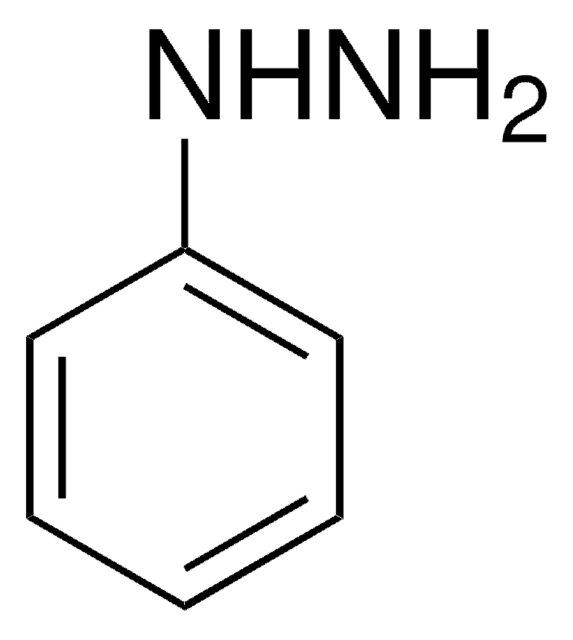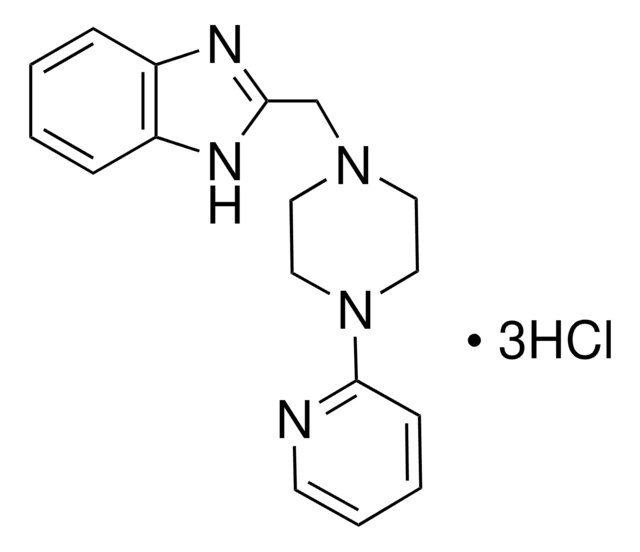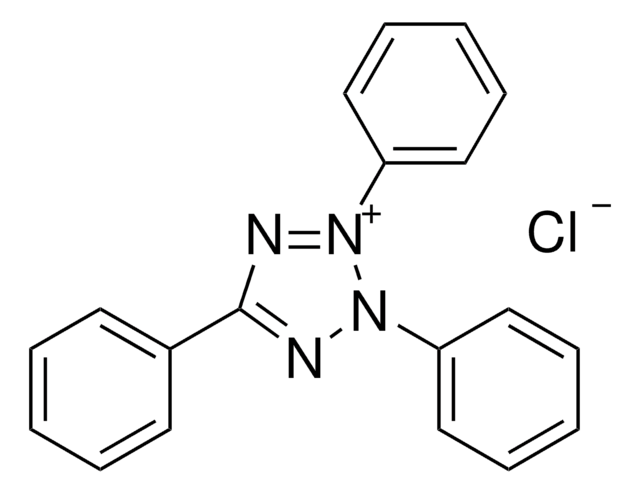SAE0066
Adenylyl Cyclase Toxin from Bordetella pertussis
Faça loginpara ver os preços organizacionais e de contrato
About This Item
Código UNSPSC:
12352200
NACRES:
NA.26
Produtos recomendados
fonte biológica
Bordetella pertussis Tohama I
Nível de qualidade
Ensaio
≥70%
forma
liquid
atividade específica
≥ 50 units/mg protein
técnica(s)
cell culture | mammalian: suitable
adequação
suitable for molecular biology
aplicação(ões)
detection
temperatura de armazenamento
−20°C
Informações sobre genes
Bordetella pertussis Tohama I ... CyaA(69600712)
Descrição geral
Research area: IMMUNO AND CKS
Adenylate Cyclase Toxin (ACT or CyaA) is a member of the extensive family of toxins known as Repeat in Toxin (RTX), which are produced by Gram-negative organisms. ACT is encoded by the cyaA gene and secreted extracellularly in the form of a soluble protein. It exhibits both adenylate cyclase enzymatic activity and hemolytic activity. The synthesis, maturation, and secretion of ACT are regulated by the CyaCABD operon. Moreover, its specific cellular receptor, CD11b/CD18 integrin (αMβ2, Mac-1, or CR3), is expressed on myeloid phagocytes.
Adenylate Cyclase Toxin (ACT or CyaA) is a member of the extensive family of toxins known as Repeat in Toxin (RTX), which are produced by Gram-negative organisms. ACT is encoded by the cyaA gene and secreted extracellularly in the form of a soluble protein. It exhibits both adenylate cyclase enzymatic activity and hemolytic activity. The synthesis, maturation, and secretion of ACT are regulated by the CyaCABD operon. Moreover, its specific cellular receptor, CD11b/CD18 integrin (αMβ2, Mac-1, or CR3), is expressed on myeloid phagocytes.
Aplicação
Adenylyl Cyclase Toxin from Bordetella pertussis has been used as Gα(i/o) inhibitor to study the involvement of the sphingosine 1-phosphate receptor 2/Gα(12/13)/MAPK signaling pathway in the priming and activation of NLRP3 inflammasome during cholestatic liver injury.
Ações bioquímicas/fisiológicas
Adenylate Cyclase Toxin (CyaA) is responsible for inhibiting the phagocytic activities of neutrophils and macrophages by impairing oxidative response and chemotaxis, ultimately leading to cell apoptosis or necrosis. Additionally, ACT can upregulate the expression of MHC class II and costimulatory molecules on dendritic cells, thereby reducing proinflammatory cytokine production.
Código de classe de armazenamento
10 - Combustible liquids
Classe de risco de água (WGK)
WGK 3
Ponto de fulgor (°F)
Not applicable
Ponto de fulgor (°C)
Not applicable
Certificados de análise (COA)
Busque Certificados de análise (COA) digitando o Número do Lote do produto. Os números de lote e remessa podem ser encontrados no rótulo de um produto após a palavra “Lot” ou “Batch”.
Já possui este produto?
Encontre a documentação dos produtos que você adquiriu recentemente na biblioteca de documentos.
Os clientes também visualizaram
Lei Hou et al.
Journal of molecular medicine (Berlin, Germany), 99(2), 273-288 (2021-01-04)
NLRP3 inflammasome-driven inflammation represents a key trigger for hepatic fibrogenesis during cholestatic liver injury. However, whether sphingosine 1-phosphate (S1P) plays a role in NLRP3 inflammasome priming and activation remains unknown. Here, we found that the expression of NLRP3 in macrophages
Yao Wei et al.
Nature communications, 11(1), 941-941 (2020-02-20)
Oxidative stress is a major pathogenic mechanism in Parkinson's disease (PD). As an important cellular antioxidant, glutathione (GSH) balances the production and incorporation of free radicals to protect neurons from oxidative damage. GSH level is decreased in the brains of
Nossa equipe de cientistas tem experiência em todas as áreas de pesquisa, incluindo Life Sciences, ciência de materiais, síntese química, cromatografia, química analítica e muitas outras.
Entre em contato com a assistência técnica









